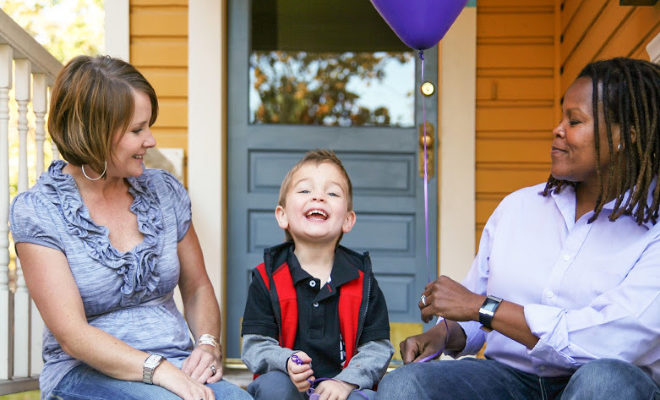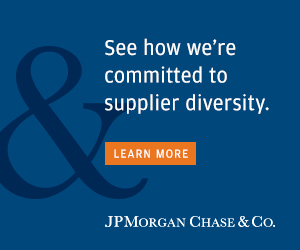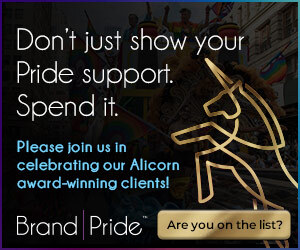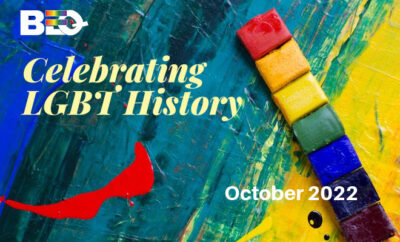
BEQ Today
Building Families: A look at LGBTQ adoption and fostering
By Jessie Wagoner
The need for family and community is a basic human need, a foundational means of fulfillment. For LGBTQ individuals ready to open their hearts and homes to children, the process usually requires a progressive approach. From surrogacy to donors, fostering to adoption and beyond, LGBTQ-affirming family planning services are making it easier to become a parent. Yet challenges still exist. November is National Adoption Month so in this, our Fall issue, we check in on the state of LGBTQ adoption and fostering for both parents and children.
All Children, All Families
Thanks to a progressing social shift, more members of the LGBTQ community are growing their families through adoption and those numbers will only rise as LGBTQ Millennials come of age and seek to expand their families. Though progress has been made there is still much work to be done to ensure adoption is an inclusive process for LGBTQ children and families.
All Children – All Families, a project of the Human Rights Campaign Foundation, promotes LGBTQ inclusive policies and affirming practices among child welfare agencies and formally recognizes those agencies that are leading the field with innovative approaches to inclusion. Recently, HRC released a first-of-its-kind report highlighting more than 70 child welfare agencies across the country that partnered with the All Children – All Families project to improve the services they provide to the LGBTQ community, including children in foster care and prospective foster and adoptive parents.
The report highlights the benefits of and continued need for education among child welfare agencies to improve outcomes for LGBTQ children and families. LGBTQ youth are overrepresented in foster care, many having been rejected by their families because of their sexual orientation, gender identity or expression. At the same time, the LGBTQ community remains overlooked when it comes to finding families for children and youth in foster care. For these reasons, the project focuses on supporting agencies’ efforts to achieve safety, permanency and well-being by improving practice with LGBTQ youth and families.
“Thousands of committed professionals — from frontline workers to executives — now that LGBTQ youth are perfect just the way they are and that removing barriers for potentially qualified LGBTQ foster and adoptive parents is in the best interest of children,” said Alison Delpercio, Director of the HRC Foundation’s All Children – All Families Project. “While some of these agencies are taking their first steps toward inclusion and others have been leaders in innovating new approaches, more agencies should look to the policies and practices these organizations are implementing to protect against anti-LGBTQ discrimination and meaningfully engage their communities.”
LGBTQ youth are perfect just the way they are...removing barriers for potentially qualified LGBTQ foster and adoptive parents is in the best interest of children. - Alison Delpercio, HRC All Children All Families Click To TweetWaiting for a child
The HRC report highlights LGBTQ adults as an untapped resource for child welfare agencies who continually need to expand their pool of potential foster and adoptive parents as more and more children find themselves in need of a temporary or forever home. LGBTQ adults have unique life experiences which can help them as parents, giving them the skills necessary to advocate fiercely for their children and love them unconditionally.
“Our LGBTQ families are vocal advocates and champions for the needs of their foster children,” said Jennifer Devivo, executive director at Fostering Futures. “They use their experience of being marginalized and having to fight for their rights and channel all this knowledge into fighting for their children.”
The process of adopting or becoming a foster parent is not without challenges for the LGBTQ community. Currently nine states allow agencies to discriminate based on sexual orientation, leading many LGBTQ adults to fear judgment or discrimination if they pursue adoption.
“Prior to becoming a foster dad, I was afraid of the process because I was certain I would have been humiliated for being transgender,” said one foster dad from California who asked to remain anonymous. “In the past, I had to endure a lot of negative attitudes and verbal harassment simply for being transgender, and I was afraid of disclosing my gender history to my case manager for similar reasons. Since there were no other visible transgender and non-binary foster parents, I wasn’t sure what I was going to encounter.”
A report from Family Equality suggests that 3.8 million LGBTQ Millennials are considering expanding their families in the coming years, meaning now is the time for child welfare agencies to focus on inclusion. Educational resources, like All Children, All Families, provide agencies with the tools needed to create an inclusive and welcoming environment for LGBTQ adults waiting to add a child to their family.
Waiting for a family
Currently, an estimated 430,000 children are in foster care in the United States. Of those children, approximately 150,000 of them are waiting to be adopted and have a family of their own. The wait can be long for all children but for LGBTQ youth, the wait can be even longer.
LGBTQ youth are overrepresented in foster care – up to 30 percent of youth in foster care identify as LGBTQ compared to 10 percent of the general population. They are twice as likely to report being treated poorly and have a greater number of moves between foster homes, finding themselves in group home settings more frequently than their heterosexual peers.
Jahmai Shoop was one of those children. He bounced from foster home to foster home, 20 in total, before being adopted by Carrie and Andrew Shoop. When he made the decision to come out to his family at 16 he was worried about rejection, something he knew many LGBTQ youth experience. Fortunately, his fears were unwarranted.
“They told me that they loved me and that their love would never change,” Jahmai Shoop said. “They said it was okay and that I don’t have to be ashamed.”
Fostering and adopting LGBTQ youth presents its own set of challenges. These children enter the system for many of the same reasons as their non-LGBTQ peers – abuse, neglect, parental substance abuse – but often carry an added layer of trauma from bullying, rejection or additional abuse due to their orientation or gender identity. Many of the agencies named in the HRC’s report offer training, education and resources for foster and adoptive parents to equip them to provide the love and support these children need.
Family, whether it’s the one we are born into or the one we create, is one of the most basic of human needs. If a person’s ideal family includes children, LGBTQ individuals have more options and resources than ever before to become parents. For LGBTQ youth, shifting social attitudes and better resources for potential parents are opening doors to finding loving, forever homes.
Glossary
Joint Adoption
When a same-sex couple, married or unmarried, jointly adopts a child
Step-Parent Adoption
When one partner of a married same-sex couple adopts the other partner’s biological or adopted child
Second Parent Adoption
When one partner of a same-sex couple, married or unmarried, adopts the other partner’s biological or adopted child
Single-Parent Adoption
When a single LGBT person adopts a child
Business Equality Pride (BEQPride) is the first publication from the BEQ family of national print and digital magazines exclusively addressing the needs of LGBTQ small-to-medium sized businesses, entrepreneurs and professionals.

















0 comments